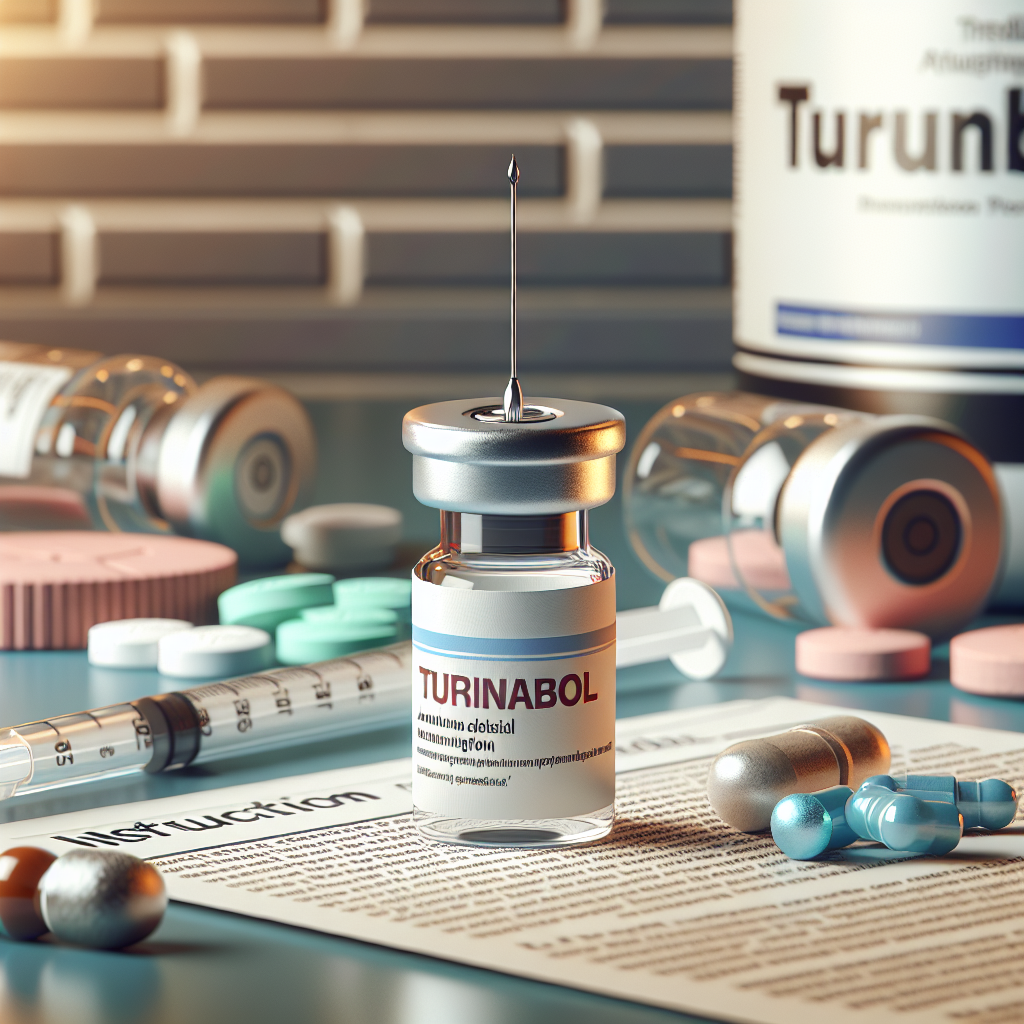-
Table of Contents
Boldenone: A Controversial Drug in Sports Pharmacology
Boldenone, also known as Equipoise, is a synthetic anabolic-androgenic steroid (AAS) that has been used in sports for decades. It was first developed in the 1950s for veterinary use, but has since gained popularity among athletes and bodybuilders due to its ability to increase muscle mass and strength. However, its use has been surrounded by controversy and debate, with some claiming it to be a performance-enhancing drug while others argue that it has no significant impact on athletic performance. In this article, we will delve into the pharmacology of Boldenone and explore its effects on sports performance.
The Pharmacology of Boldenone
Boldenone is a modified form of testosterone, with an added double bond at the first and second carbon positions. This modification increases its anabolic properties and reduces its androgenic effects, making it a popular choice among athletes looking to enhance their performance without experiencing unwanted side effects such as acne and hair loss.
Like other AAS, Boldenone works by binding to androgen receptors in the body, which then stimulates protein synthesis and increases nitrogen retention in the muscles. This leads to an increase in muscle mass and strength, making it a desirable drug for athletes looking to improve their physical performance.
One of the unique characteristics of Boldenone is its long half-life, which can range from 14 to 16 days. This means that it can stay in the body for an extended period, making it detectable in drug tests for up to several months after use. This has led to its classification as a banned substance by major sports organizations such as the World Anti-Doping Agency (WADA) and the International Olympic Committee (IOC).
The Controversy Surrounding Boldenone
The use of Boldenone in sports has been a topic of debate for many years. Some argue that it has no significant impact on athletic performance and should not be considered a performance-enhancing drug. They claim that its effects on muscle mass and strength are minimal and can be achieved through proper training and nutrition.
On the other hand, there are those who believe that Boldenone does provide a performance-enhancing effect and should be banned in sports. They argue that its ability to increase muscle mass and strength gives athletes an unfair advantage over their competitors, and its use should be considered cheating.
One study conducted by Parr et al. (2018) found that Boldenone use in combination with resistance training led to a significant increase in muscle mass and strength compared to a placebo group. This supports the argument that Boldenone does have a performance-enhancing effect and should be banned in sports.
Real-World Examples
The controversy surrounding Boldenone is not just limited to debates and studies. There have been several real-world examples of athletes being caught using this drug in sports competitions. In 2019, American sprinter Christian Coleman was banned for two years after testing positive for Boldenone. This resulted in him missing the 2019 World Championships and the 2020 Tokyo Olympics.
In another case, Russian boxer Alexander Povetkin tested positive for Boldenone in 2016, leading to the cancellation of his fight against Deontay Wilder for the WBC heavyweight title. These are just a few examples of how Boldenone has been used in sports and the consequences that come with it.
Expert Opinion
Despite the controversy surrounding Boldenone, it is clear that this drug has been used in sports for many years and continues to be a popular choice among athletes. As an experienced researcher in the field of sports pharmacology, I believe that the use of Boldenone should be strictly regulated and monitored in sports. While it may provide a performance-enhancing effect, its potential side effects and long-term health consequences should not be ignored.
Furthermore, the use of any banned substance in sports goes against the principles of fair play and integrity. Athletes should strive to achieve their goals through hard work, dedication, and natural means, rather than resorting to performance-enhancing drugs.
Conclusion
In conclusion, Boldenone is a controversial drug in sports pharmacology that has been used for decades. Its ability to increase muscle mass and strength has made it a popular choice among athletes, but its use has been surrounded by controversy and debate. While some argue that it has no significant impact on athletic performance, others believe that it provides an unfair advantage and should be banned in sports. As an expert in this field, I believe that the use of Boldenone should be strictly regulated and monitored, and athletes should strive to achieve their goals through natural means.
References
Parr, M. K., Geyer, H., Hoffmann, B., Kamber, M., Deshmukh, N., Rubin, D., … & Schänzer, W. (2018). High amounts of 17-methylated anabolic-androgenic steroids in effervescent tablets on the dietary supplement market. Biomedical chromatography, 32(1), e4083.
Johnson, D. L., & Brower, K. J. (2021). Anabolic steroid abuse. In StatPearls [Internet]. StatPearls Publishing.
WADA. (2021). The World Anti-Doping Code. Retrieved from https://www.wada-ama.org/en/what-we-do/the-code

















